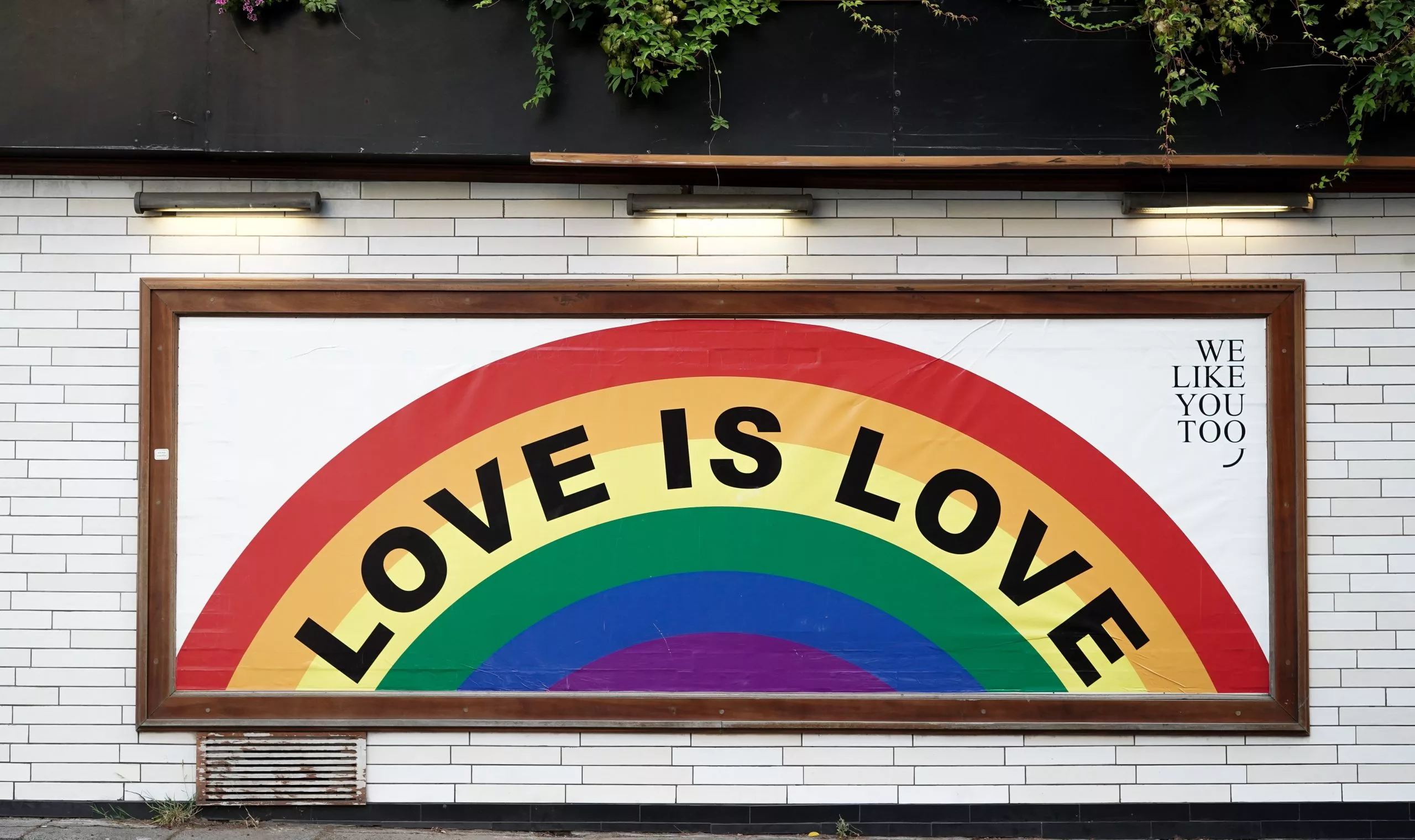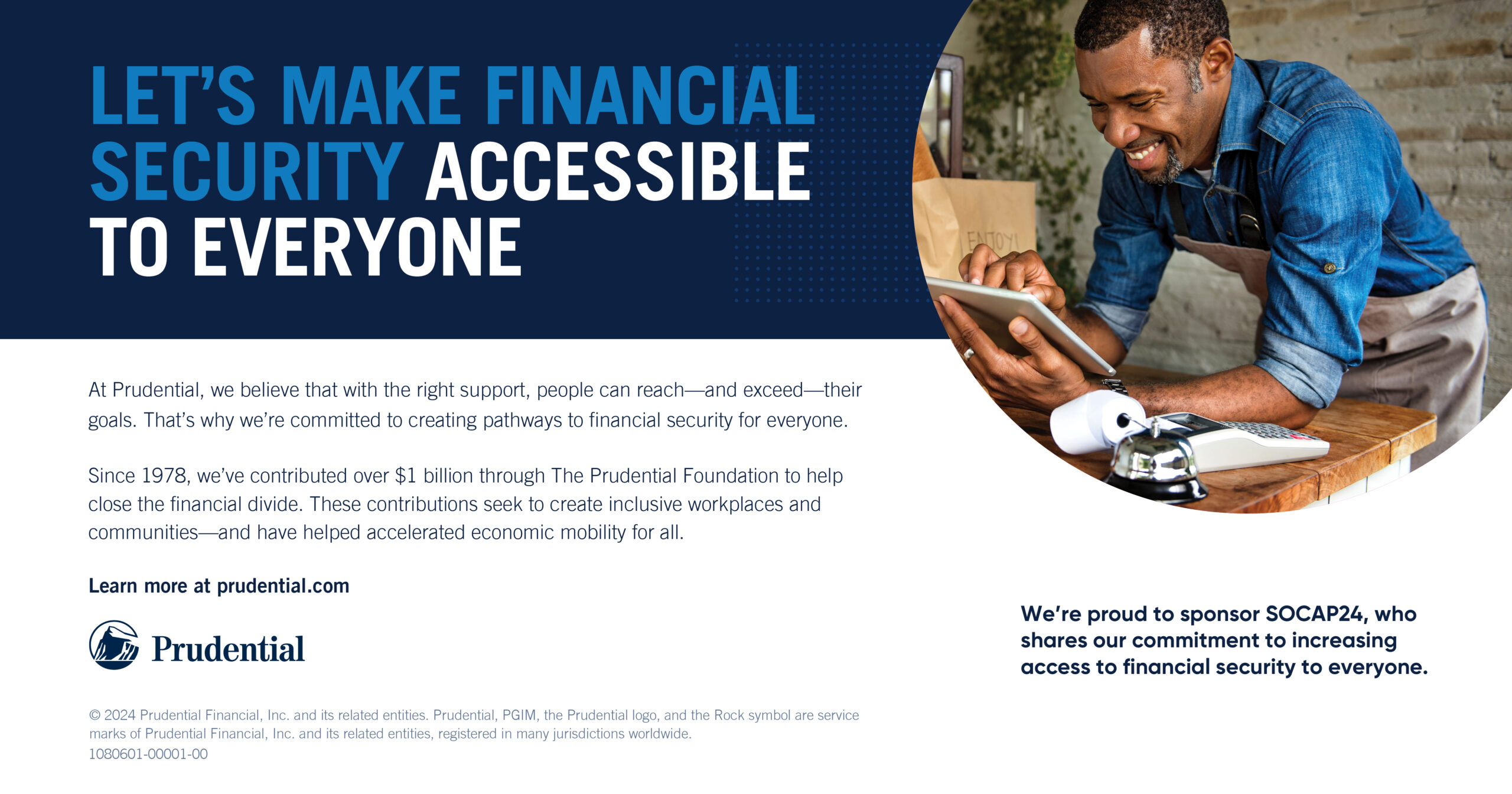Less than a month ago, you could legally be fired for your sexual orientation or gender identity in 26 US states. All that changed on June 15th, 2020.
In the middle of Pride month, on the heels of a global pandemic, as renewed calls for racial justice echoed in cities across the country, the Supreme Court made history by ruling that Title VII of the 1964 Civil Rights Act applies to LGBTQ individuals.
In other words, employers cannot fire workers for their sexual orientation or gender identity. Doing so is in violation of existing civil rights laws.
-Overdue? Yes.
-Commendable? 100%.
-Mission accomplished? Not quite.
Let’s look at how the recent Supreme Court decision impacts the future of LGBTQ inclusion in the workplace.
Question:
Besides making it illegal to discriminate against LGBTQ employees, what else (if anything) does the Supreme Court’s June 15th ruling mean for companies, employees, and civil rights in general?
Answer:
The two main takeaways from the Supreme Court’s decision boil down to this:
1.) We should applaud the progress made toward greater workplace diversity and inclusion.
2.) Then, we must roll up our sleeves and keep working.
We need to go back in history so we can better understand what happened on June 15th. Fifty-six years ago, the United States saw the passage of the Civil Rights Act of 1964.
The Civil Rights Act of 1964 has eleven titles. The seventh title, Title VII, bars employers from discriminating against employees (or potential employes) on the basis of certain characteristics. These characteristics include race, color, national origin, religion, and sex.
Until recently, sex discrimination did not include sexual orientation and gender identity. So under federal law, you could legally be fired or discriminated against at work based on who you love or how you choose to express yourself.
That’s why on June 15th, when the Supreme Court ruled 6-3 that sex discrimination DOES include sexual orientation and gender identity, people cheered.
“An employer who fires an individual for being homosexual or transgender fires that person for traits or actions it would not have questioned in members of a different sex. Sex plays a necessary and undisguisable role in the decision, exactly what Title VII forbids.”
-Neil Gorsuch, who wrote the ruling and was Donald Trump’s first Supreme Court appointee
However, this judicial victory cannot lead to complacency. For one, this landmark ruling specifically applies to employment. It does not protect the LGBTQ community from discrimination in other sectors such as housing, credit, public education, hospitals, federal funding, restaurants, and online marketplaces like Airbnb.
Second, a single decision by the Supreme Court will not make our workplace cultures more inclusive. As it stands, more than half (53%) of LGBTQ employees have reported hearing gay or lesbian jokes at work, and 46% of LGBTQ employees say they remain closeted at work.
So yes, while the Supreme Court took a stand for justice in backing protections for LGBTQ employees, we must acknowledge that this is one step in our journey to equity for all. And there will be many more steps.
Here are some suggested articles to learn more about this topic:
- Three ways companies can (really) support their LGBTQ employees
- What Gen Z thinks about LGBTQ inclusion & gender equity
- Why lesbians face a double dose of gender bias
This article was originally published here.
Interested in having these Q&A roundups delivered directly to you? Join the Brave Souls® community (all you need is an email address).







